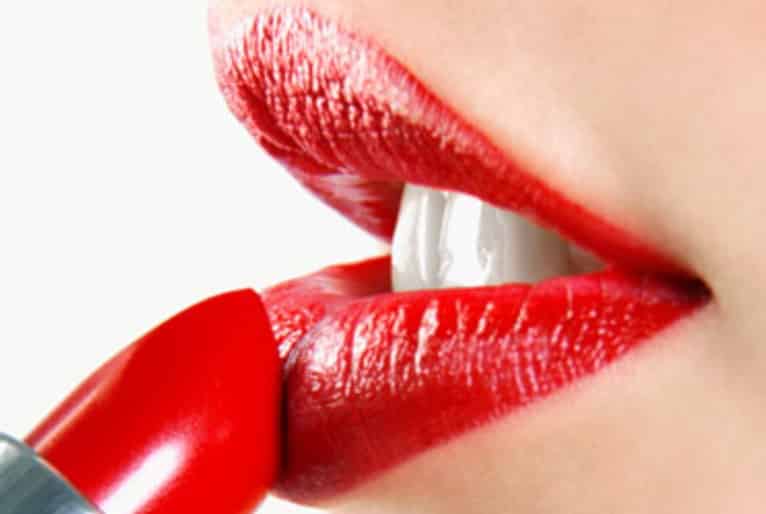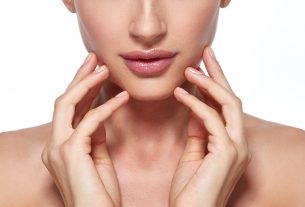Lipstick is one of the oldest cosmetics in the world. Far beyond beauty, the history of lipstick speaks of its symbol as a form of expression.
Lipstick is one of the oldest cosmetics in history. Having its first records from the time of the Egyptians, a time when women used to decorate themselves with semi-precious stones around their lips and eyes, it is possible to say that the cosmetic went through many phases. Once just a tool for beautification or caste distinction, it also became a symbol of rebellion. Regardless of the period, understanding more about the history of lipstick is also a way of learning about women’s history.
Above all, the habit of applying lipstick is one of the oldest in the universe when it comes to female ornamentation. There is still some speculation regarding the exact moment in which the cosmetic appeared. Some, for example, claim that it emerged among the Sumerian people, in 3,500 BC, and others believe that its birth took place among the classes of ancient Egypt. In any case, lipstick went far beyond decoration, and was once even used to identify castes.
Check out everything you need to know about the history of lipstick below, as well as some interesting facts about the cosmetic that is part of the lives of so many people around the world.
The history of lipstick
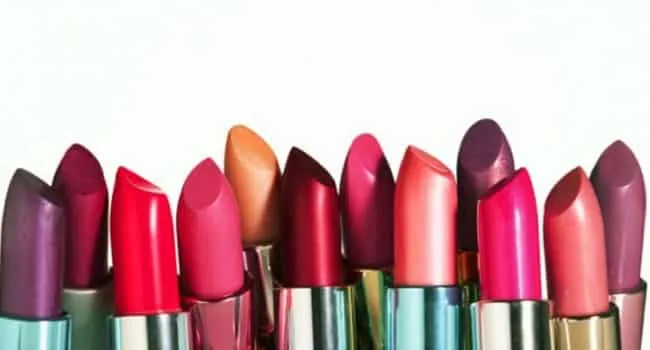
The word lipstick originates from its French term, “bâton“. Having uncertain origins that date back to the Sumerian era, the first civilization that populated southern Mesopotamia, it is possible that lipstick also appeared in Egypt. There, its use was made by both women and men, who used a mixture of carmine, red ocher and wax or fat.
One of the first records of the use of lipstick was seen on a bust of Nefertiti. The statue in the museum in Berlin, Germany, features the queen’s lips painted, as well as her eyes well defined with kohl. However, Cleopatra was also commonly represented using lipstick, which was made using dyes.
In ancient Greece, women made their cosmetics using natural products. A red root called “polderos” was used, mixed with honey wax, giving the lips a hydrated appearance. In the upper class of Egypt, lipstick was made with “Tyr purple”, a very rare dye from the Phoenician city of Tyre. In Greece, however, respectful women were not allowed to put on lipstick. The habit was reserved for prostitutes, something that distinguished them on the streets. They used red dye, sheep sweat and crocodile excrement.
At the time, the first law related to lipstick was enacted: that prostitutes could be punished if they did not use lipstick to identify themselves. In ancient Rome, however, the situation had already improved considerably. Even though lipstick was made up of a near-fatal amount of toxic ingredients, it was used by both sexes, so that social class could be distinguished.
Lipstick in the Middle Ages
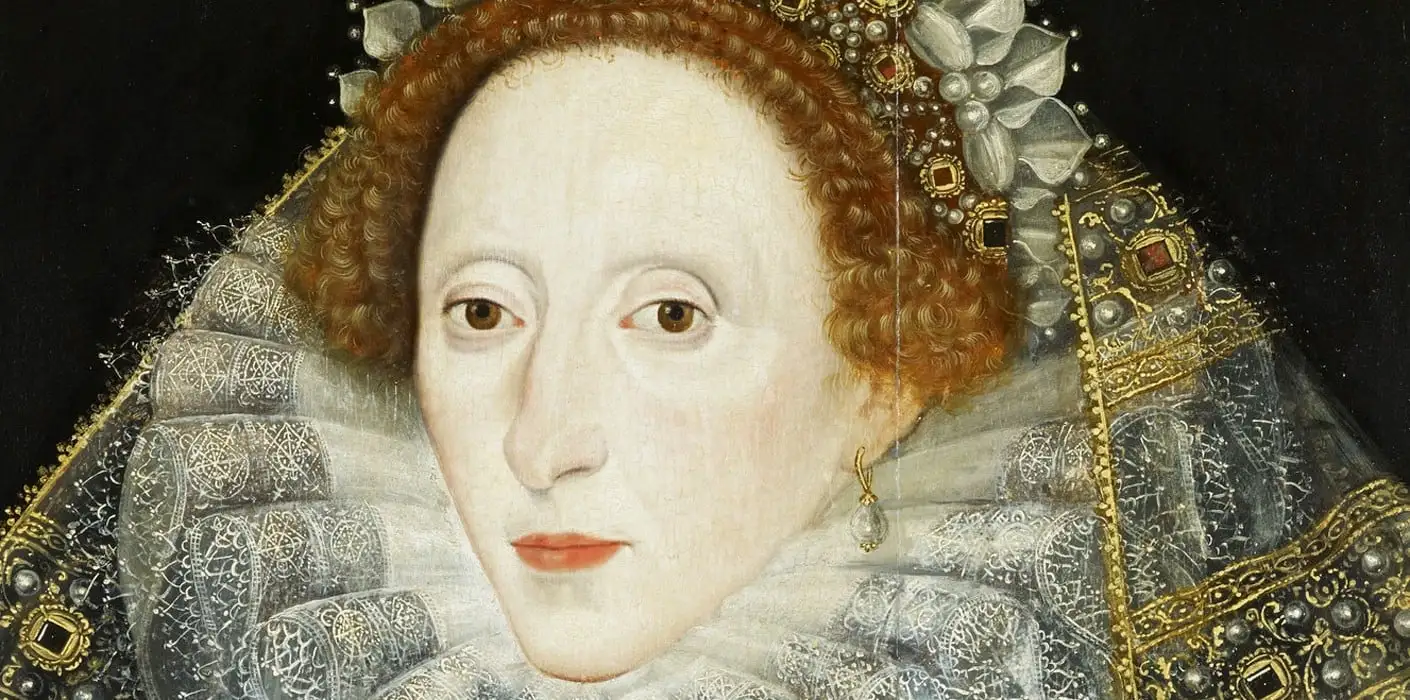
Cosmetics in the medieval period were the subject of much controversy. On the one hand, lipstick was condemned by religious people, insisting that it “challenged God and his work”. On the other hand, its use had long been established, something that distinguished social classes. High-society women in the region of present-day Italy, for example, wore hot pink, while the lower classes were seen wearing red.
1700
During this period, the British government passed a law banning lipstick. The cosmetic was responsible for “seducing men”, something that could even lead to women being judged for witchcraft. Furthermore, certain North American states also complied with the ideals, certain that women who used lipstick during any part of their marriage could have it annulled. However, in the pre-French revolution, the fashion for red lipstick was not lost, as it helped the appearance of “porcelain skin”.
1800 in the history of lipstick
Queen Victoria was responsible for making lipstick go out of fashion during the 1800s in the Western world. However, in 1860, cosmetics returned with full force, marking the beginning of the renaissance in the use of cosmetics. The Guerlain brand, now extremely well-known, was the first to make a successful lipstick in 1880, made from grapefruit, butter and wax. Even so, the act of applying lipstick was still done in secrecy: actress Sarah Bernahrdt shocked the world by applying it in public at the end of the 19th century.
1900

The turn of the 20th century already presented makeup as something socially acceptable. One of the first mass demonstrations of women using lipstick was with the suffragettes in 1912, who took to the streets of New York with the color red on their mouths. After the event, the cosmetic became a symbol of rebellion against centuries of fierce male authority.
The year 1915 introduced lipstick as it is known today, in a tube, through its creator, the American Maurice Levy. Even so, the cosmetic was still extremely rudimentary, containing beeswax, olive oil and even crushed insects, which left it rancid after many hours of use. It was common for most formulas to contain toxic ingredients, something that only became a concern in 1938 by the American Congress.
1920 – 1930 in the history of lipstick
At that time, lipstick was already one of the most popular cosmetics of all. Movie stars were constantly seen with their lips painted dark red, and their fans tried at all costs to replicate the same glamor as the actresses. In this sense, in 1933, magazines even declared that lipstick was the most important cosmetic a woman could have. Even with the great depression, the product was bought by everyone. The high sales figures were even known as the “Lipstick Effect”.
1940
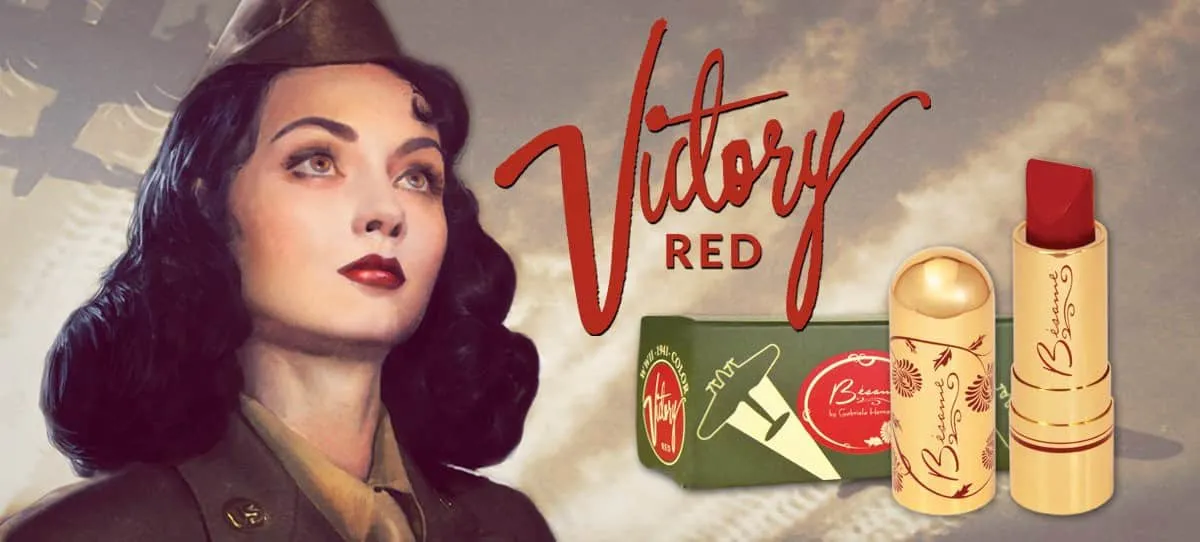
Soon after, during World War II, lipstick even became a political symbol. Advertising campaigns introduced the cosmetic as part of political propaganda, creating products with names such as “Victory Red”. This was also an incentive for women to continue shopping, even in difficult times.
1950
The 1950s were marked by the year 1952, where the Revlon brand launched one of the most effective advertising campaigns in history, the popular “Fire and Ice”. In it, the double-page advertisement had 15 questions that were intended to test readers. This way, it would be possible to find out if they fit with their new launch, Dorian Leight lipstick. They all wanted to look like stars like Elizabeth Taylor and Marilyn Monroe, who were always seen with their red mouths, making the cosmetic very desirable.
1960 – 1970
The 60s and 70s caused red lipstick sales figures to decline considerably. In this sense, it is possible to justify the decline of the hippie movement, which advocated a more natural appearance, while feminist groups accused red lipstick of being nothing more than a tool for male pleasure. The return of the glamor of the disco era revived the product’s popularity, but in cherry color and with plenty of gloss. Subcultures such as punk and rock also brought back the use of dark colors.
1980 – 1990
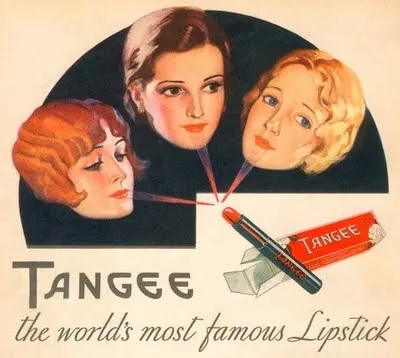
Finally, in 1980, the popularity of extremely red lips returned in full swing. It’s impossible not to remember Madonna in her early years of fame, with her mouth always painted. However, the 90s instigated the trend of nude tones, as well as shades of brown. As the millennium ended, the new preferred color was whatever suited a woman’s mood and appearance.
Curiosities about the history of lipstick
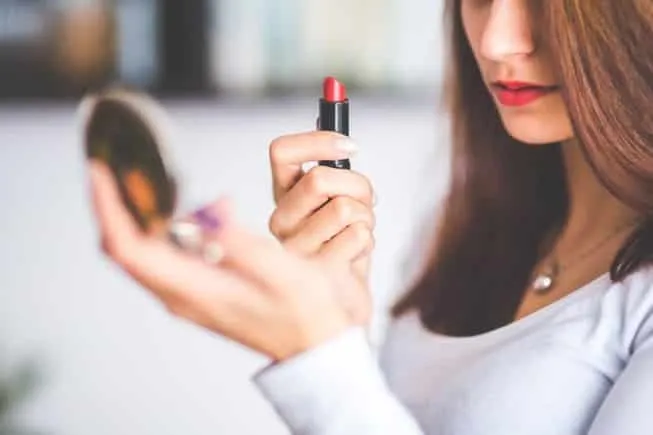
First of all, lipstick is such a striking cosmetic that it is impossible not to have the most diverse stories about its existence. Above all, the product is a tool that makes those who use it confident, it is a form of expression and its different colors encourage creativity.
- One of the ancient women who most popularized the use of lipstick was the pharaoh Cleopatra, who used crushed crimson beetles to paint her lips, leaving them with a vibrant tone.
- Furthermore, Queen Elizabeth I also launched the fashion for red lipstick in her court during the 16th century. She and the royal ladies painted their lips with beeswax and red mercury.
- There is even a study that says that women eat around 4 to 6 kilos of lipstick throughout their lives by licking their lips.
- The British Parliament, in 1770, passed a law that condemned women for witchcraft when they wore red lipstick.
- Certain periods in history abhorred lipstick, while during the Islamic Golden Age, the physician and chemist Abu al-Qasim al-Zahrawi invented solid lipstick, which came in molds. The entire process is in his encyclopedia of medicine, the Al-Tasrif.
- On the other hand, in 1930, celebrity makeup artist Max Factor invented lip gloss.
- Finally, in 1950, the first long-lasting lipstick in history was developed by American scientist Hazel Bishop. Furthermore, the product did not stain either!
So, what did you think of this article about the history of lipstick? If you’re interested, check out now Pink lips – 10 tricks to keep your mouth flushed
Sources: We Fashion Trends, Capricho, Harper’s Bazaar, Origin of Things, Albumm
Images: We Fashion Trends, Medium, Medium, Moda Histórica, Hoje em Dia, Cultura, Fala Moda

Sign up for our newsletter and stay up to date with exclusive news
that can transform your routine!
Warning: Undefined array key "title" in /home/storelat/public_html/wp-content/plugins/link-whisper-premium/templates/frontend/related-posts.php on line 12
Warning: Undefined array key "title_tag" in /home/storelat/public_html/wp-content/plugins/link-whisper-premium/templates/frontend/related-posts.php on line 13

